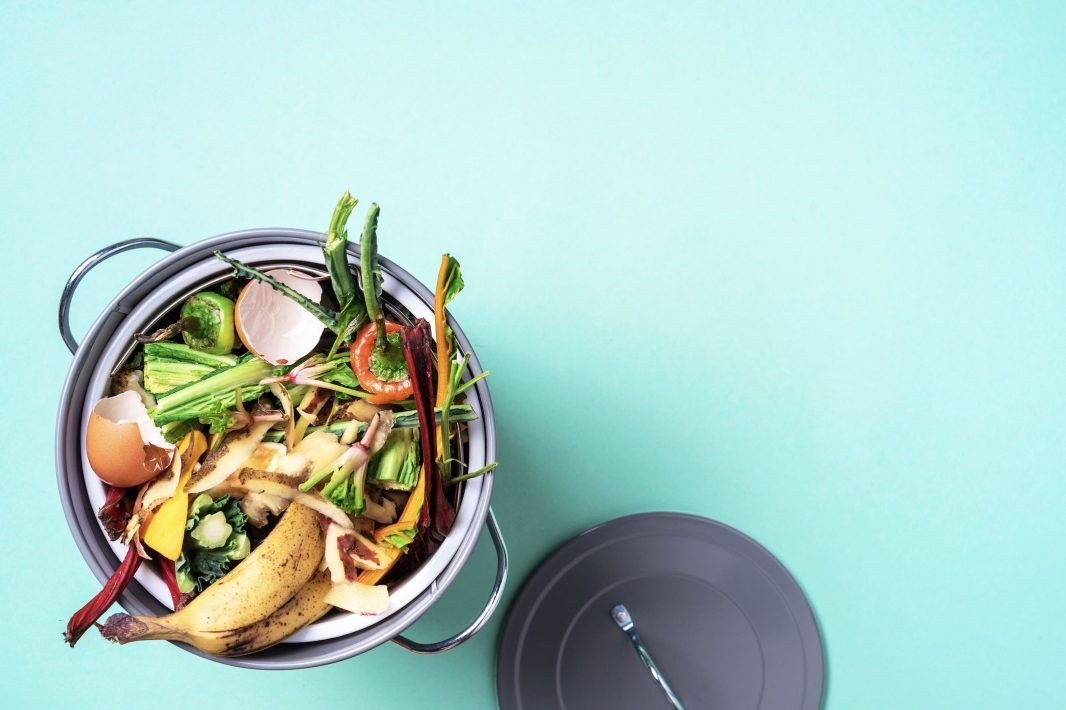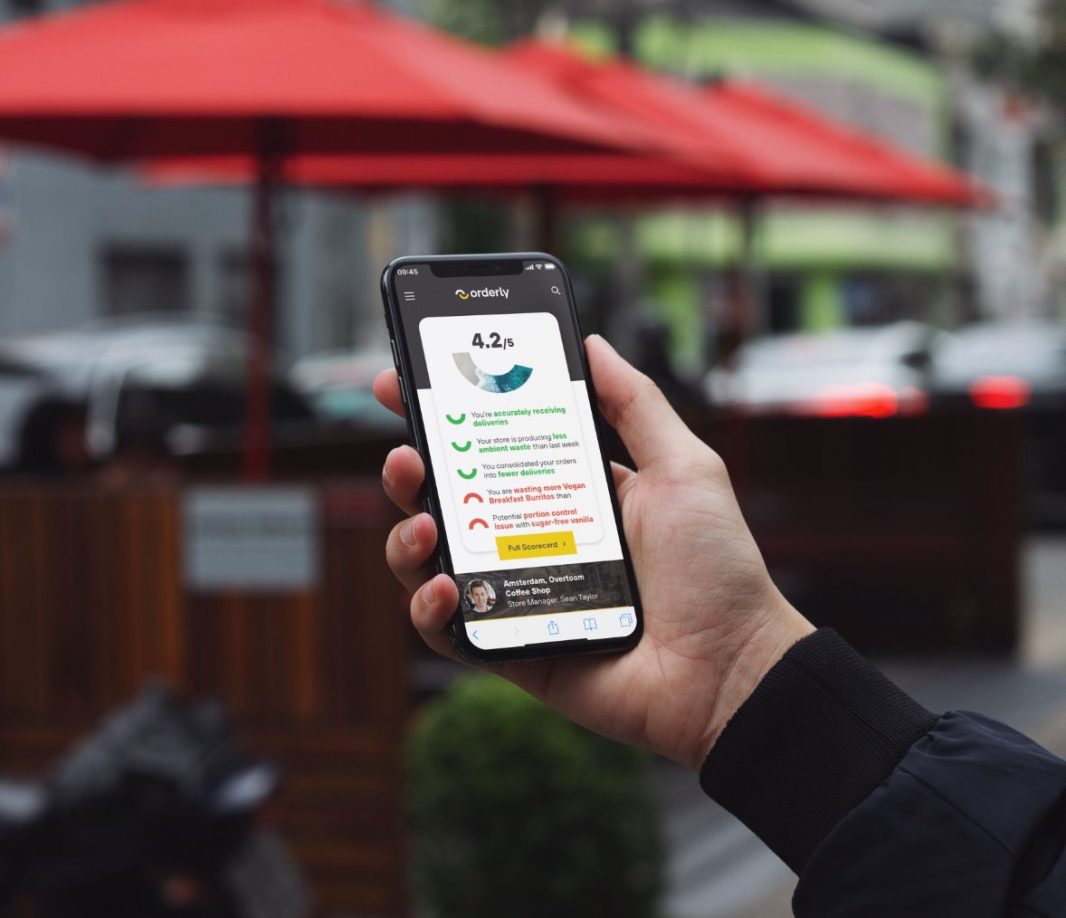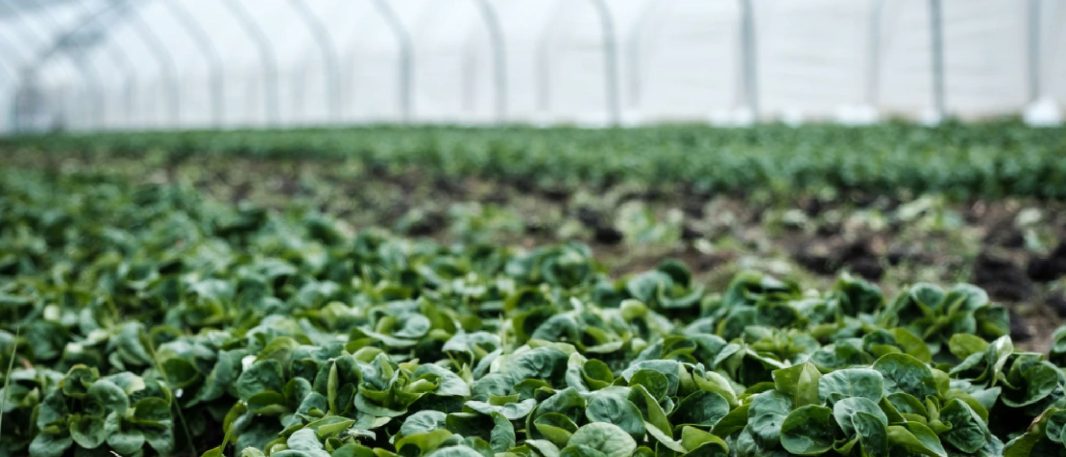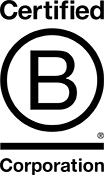Looking to reduce the amount of waste you produce per cover? You’re not alone. Many businesses are looking for ways to cut down on waste to increase profit and decrease waste. Did you know the average waste per plate in a restaurant is about four ounces – over 100 grams, according to the Waste Reduction Alliance.
By focusing on a goal of decreasing wastage per cover, you can present your teams with a target that will help the environment and your bottom line. It’s also achievable, and as we all know, small goals are far easier to achieve than grander ones.
In this article, we will discuss some of the best ways to reduce wastage per cover you can implement, so you can ensure that your business is doing everything possible to minimise its environmental impact.
Use AI technology
One way to reduce wastage per cover is to use artificial intelligence (AI) technology. AI can help you optimise your production process and minimise waste. You can use AI to track and predict the amount of food that will be wasted (both pre-plate and post-plate), which can then be used to adjust production levels. It’s the future we’ve all been waiting for! Orderly achieves this through a mixture of it’s award-winning Inventory Management tool, and IoT insights via our Store Assistant data platform.
The possibilities are vast. Some restaurants are using AI-powered menus that suggest dishes based on customer preferences and demand. This helps to ensure that customers are more likely to order dishes that they’ll eat, and can avoid over-producing, which leads to wasted food.
If there’s consistent waste on the plate, AI can help spot it.
Current use:
The hotel chain Hilton estimates that in a pilot scheme to use AI run in 10 different countries across EMEA, they made annualised savings of 600,000 meals, as well as a 50% food waste-to-landfill reduction (from inventory to plate), and a saving of 100,000 tonnes of carbon emissions! That’s pretty great.
As well as using AI, they are also taking care of the basics. Hilton Sukhumvit Bangkok and DoubleTree by Hilton Sukhumvit Bangkok have made jams and mocktails upcycled from daily organic waste and at Hilton Garden Inn Singapore Serangoon, fermented leftover apple peels make a cleaning solution, all innovative ways to get more from what would typically be deemed ‘waste’.
Track, analyse and adjust
As the saying goes, you can’t change what you can’t measure. To make meaningful changes to your business’s environmental impact, you need to be able to track and analyse your progress. Thankfully, there are several ways to do this.
One way is to use an Environmental Management System (EMS). An EMS is a tool that businesses can use to track their environmental performance. It can help businesses to identify areas where they can make improvements and make changes to their operations.
Another way to track your progress is to use a carbon calculator. A carbon calculator can help you to track your business’s greenhouse gas emissions. This information can then be used to set goals and targets for reducing your emissions. There are a few different carbon calculators available, so be sure to find one that is right for your business.
Orderly.io can of course also help!
Engage your customers
We often talk about engaging teams, but what about educating your customers? After all, they are the ones consuming what you’re serving!
- Use social media platforms as a way of sharing your sustainable message and engaging with customers who want to know more.
- Add sustainability information to your menu so that customers can make informed choices about what they order.
- Use your website or blog as a platform to share stories about the sustainable initiatives you’re undertaking in the business.
- Host events or workshops that focus on sustainability
- Explain your portion and plating methods to customers when they arrive.
If you want to go one step further, you could consider implementing a ‘sustainability surcharge’. This is an additional fee that is added to a customer’s bill, the proceeds from which are then used to fund sustainable initiatives within the business.
The important thing is to remember that engagement should be a two-way conversation. Listen to feedback from your customers and use it to inform your strategy.
Current use:
One restaurant that has done this well is Noma in Copenhagen. They implemented a ‘climate tax’ of DKK 40 (approx. £24) per person, which is used to offset the carbon footprint of the ingredients they use. LEON has also developed a ‘portion calculator’ which helps their customers to understand how much they should be eating.
Purchase in country (but be mindful of what your carbon footprint is made up of)
Getting wastage per cover down isn’t driven by where you purchase from – but purchasing food from local suppliers is a great way to reduce your business’s carbon footprint overall while you do so. It also helps to support the local economy and can often be cheaper than purchasing from international suppliers.
The benefits of local sourcing are not just environmental – they can be social and economical too. A study by WRAP found that, on average, every £15 spent on locally sourced food generates an additional £34 for the local economy. When it comes to reducing food waste, buying locally sourced produce is a win-win – but don’t get caught up on the basic deduction that the further it’s come, the worse it is.
Among the largest contributors to food-related emissions are land usage and farming, and how food is farmed and produced. According to an analysis by Climate Q, while beef packs a hefty 60kg CO2e per kg, bananas are at just 0.7kg CO2e per kg.
Current use:
A restaurant that has put this to work with success is The Ivy in London – 96% of the fruit and vegetables used in their kitchens come from farms within a 60-mile radius of the restaurant.
Final Thoughts
There’s no one-size-fits-all solution when it comes to reducing wastage per cover, but it starts with tracking where you are right now. Orderly offers a unique, award-winning way to see where your business could improve, providing easy-to-implement solutions that your whole team can get behind – using a mix of supply chain tools, data insights and AI to prompt the right actions by the right person at the right time. It’s supply chain innovation of the future – for the good of the planet (and your bottom line).







